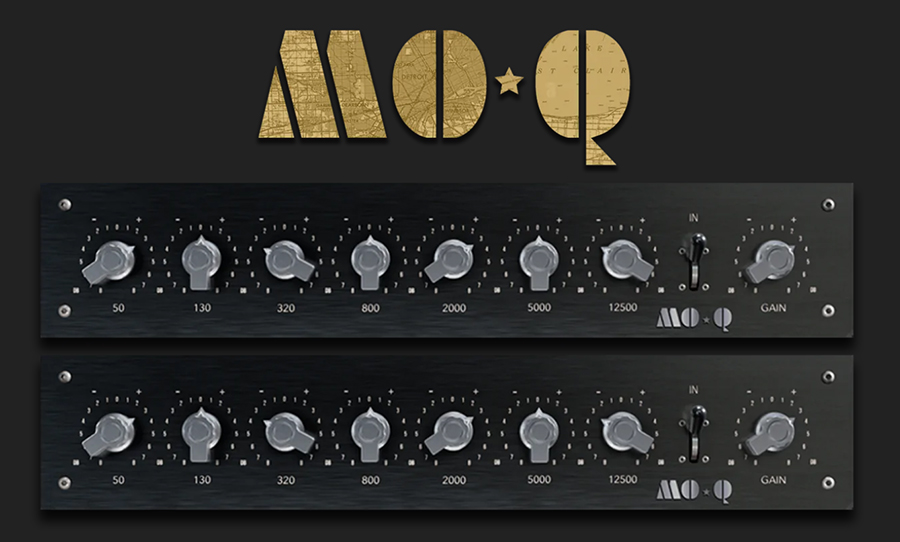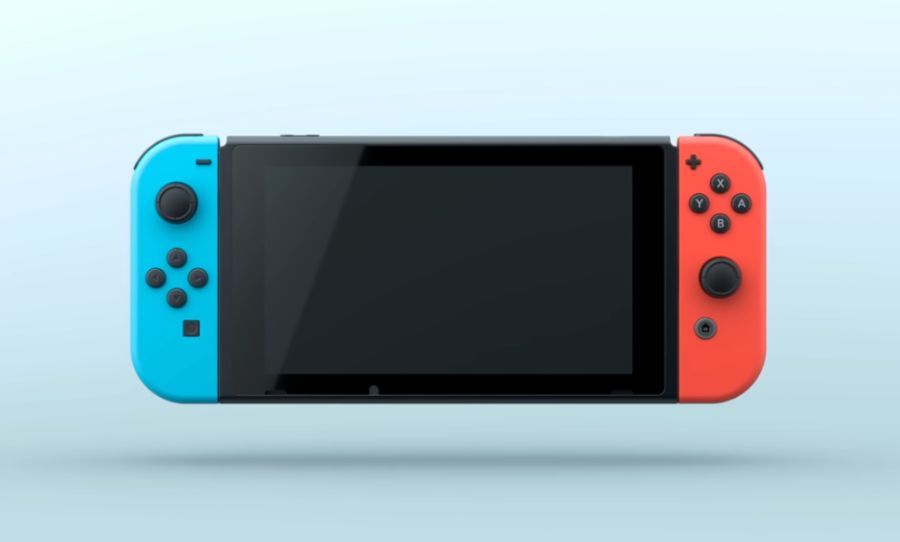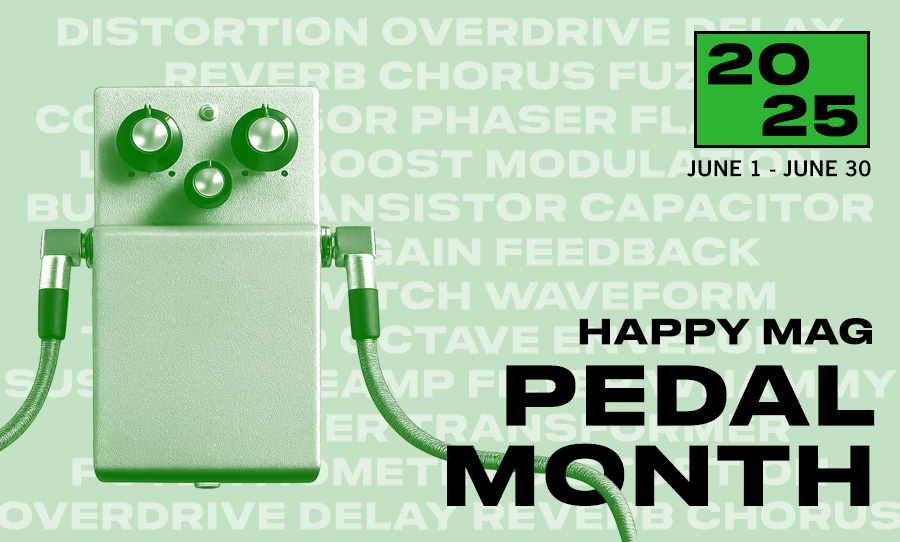Nashville-based Kit Plugins has gone forth and modelled one of the original custom built Motown EQ units, plucked from the famously well-stocked Blackbird Studios, to now appear with ease in DAW sessions worldwide as the BB Mo-Q.
The pre-’72 Motown studio holds a place in recording lore as a secret world of legendary sounds with a magic-toned drum kit nailed to the floor, a bass that never once saw a string change, multiple echo chambers in roof cavities, and a whole control room’s worth of custom built or modified equipment made specifically to satisfy the ground-breaking, hit-making urges of Berry Gordy.
The word ‘Motown’ means a few different things to a whole lot of people. Like the drunk arsehole haughtily demanding ‘Motown’ when you’re spinning records at a soul night, only to be both disgusted and disappointed by the great Velvelettes 45 you dig out over the Lionel Ritchie mp3 they were truly craving.
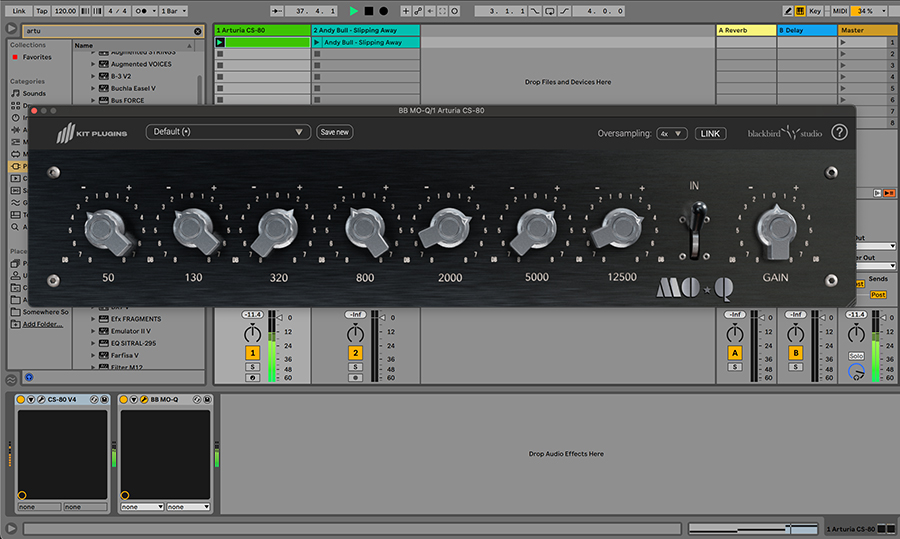
However, In the world of producers, recording engineers and gearheads it’s assumed that we’re talking about the ‘golden years’ – the late 50s through to pre-’72 era when capitalism and opportunity took hold and the whole Motown operation shifted West to meet the shimmering, slimy opportunities of LA.
Over the cascades of time, stock in the Motown legend has continually risen with each classic reissue, cinema piece, or unfortunate passing of its stars of olde. And with every mention more so-called magic becomes intertwined with the production equipment used in the manufacturing process in Gordy’s alleged hit-sweatshop.
By this point in the gear-wars every aspiring engineer should be aware that equipment does not maketh the sound itself but a mixture of expertise, ingenuity, and above all else, a killer talent behind the mic being much more vital to the musical process.
However, the machinery of the hit-factory does indeed play *some* part in the tone and workflow aspect of some of these heavy-bearing tunes. And it’s hard to ignore the little sparkle of accomplishment that accompanies the EQ’s press release that just happens to mention its involvement in hits by the likes of Marvin Gaye, The Temptations, and Martha and The Vandellas (respectively ‘Let’s Get It On‘ , ‘Papa Was A Rollin’ Stone’, and ‘Dancing in the Street’).
The BB Mo-Q is essentially a 7 band graphic equaliser with a little extra something; as you increase the boost (or cut) the width of the Q narrows, making EQ selections with the unit feel smooth and intuitive. In a world of graphically interfaced equalisers harnessing near-limitless selectable frequency points it is truly refreshing to once again be able to EQ without the burden of a visual interface and work directly by ear again – something which seems too often forgotten in the world of DAW operation.
The frequency points offered by the BB Mo-Q are: 50Hz, 130Hz, 320Hz, 800Hz, 2000Hz, 5000Hz, and 12500Hz up top, with 8dB of available gain to increase or decrease in whichever direction you wish. Kinda like messing with 7 instances of the super-sweet Pultec MEQ centre band.
The original Motown EQ units were passive units based on Langevin designs, customised for use at the famed Detroit studio. The Langevin units were known for eventually getting scratchy pots and lacked a makeup amplifier so in the 60s Motown went ahead and rectified this with their own box of inductors, capacitors, resistors, with an OpAmp Labs amplifier, with later models having a gain stage modelled on the Spectra Sonics amplifiers.
Obviously, rather than being a precise surgical piece this is a broad-stroke sound sculpting tool that will happily sit on individual instruments, over busses, or easily across the master buss to gently etch and shape your latest attempted masterpiece.
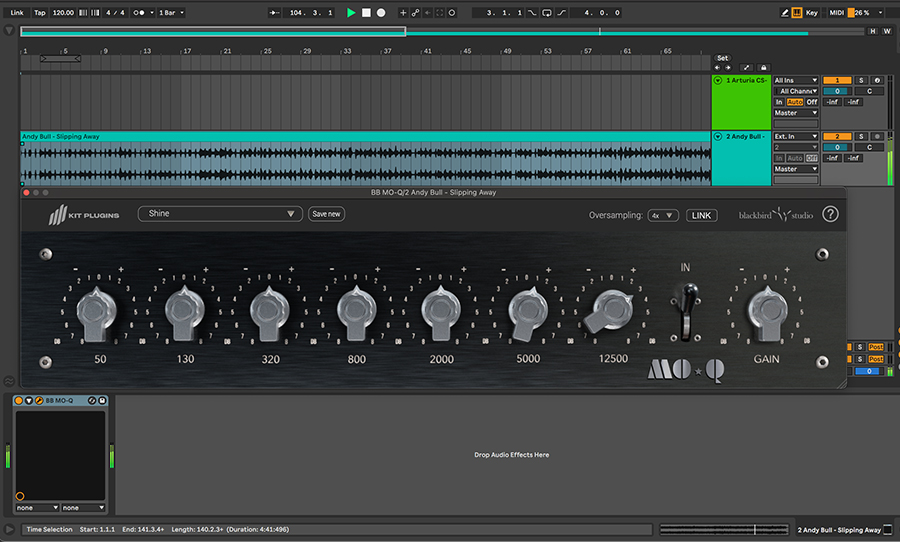
It’s hard to find something that it sounds bad on to be honest – the Mo-Q nicely shapes the bass area, cuts mud from the mids or pushes them about nicely, and doesn’t seem to get too disgustingly harsh on the high frequencies. Need additional air, weight, girth, or any of these concepts removed? The MO-Q can take care of this.
Apparently earlier versions of the BB Mo-Q potentially became CPU hog when oversampling was pushed to 8x, however this has now been rectified as I could barely get delay compensation to rise with 24 channels running simultaneously at 96k.
When purchasing remakes of vintage equipment it’s generally expected that the unit, hardware or software, will impart some kind of special, magical ‘mojo’. Or in realistic terms some kind of saturation to help reminisce the olde times. This is something the BB Mo-Q does not do.
It was originally designed as a clean EQ unit, and this is what it imparts to the audio run through it – clean, fixed-EQ frequency curves with a musical Q, with frequencies set at what the Motown technicians figured were the most important bands to be able to mess about with.
The BB Mo-Q comes with many EQ presets for an easy start, and retails for $99US (Approx. $144 AUD).
For more details head over to kitplugins.com
